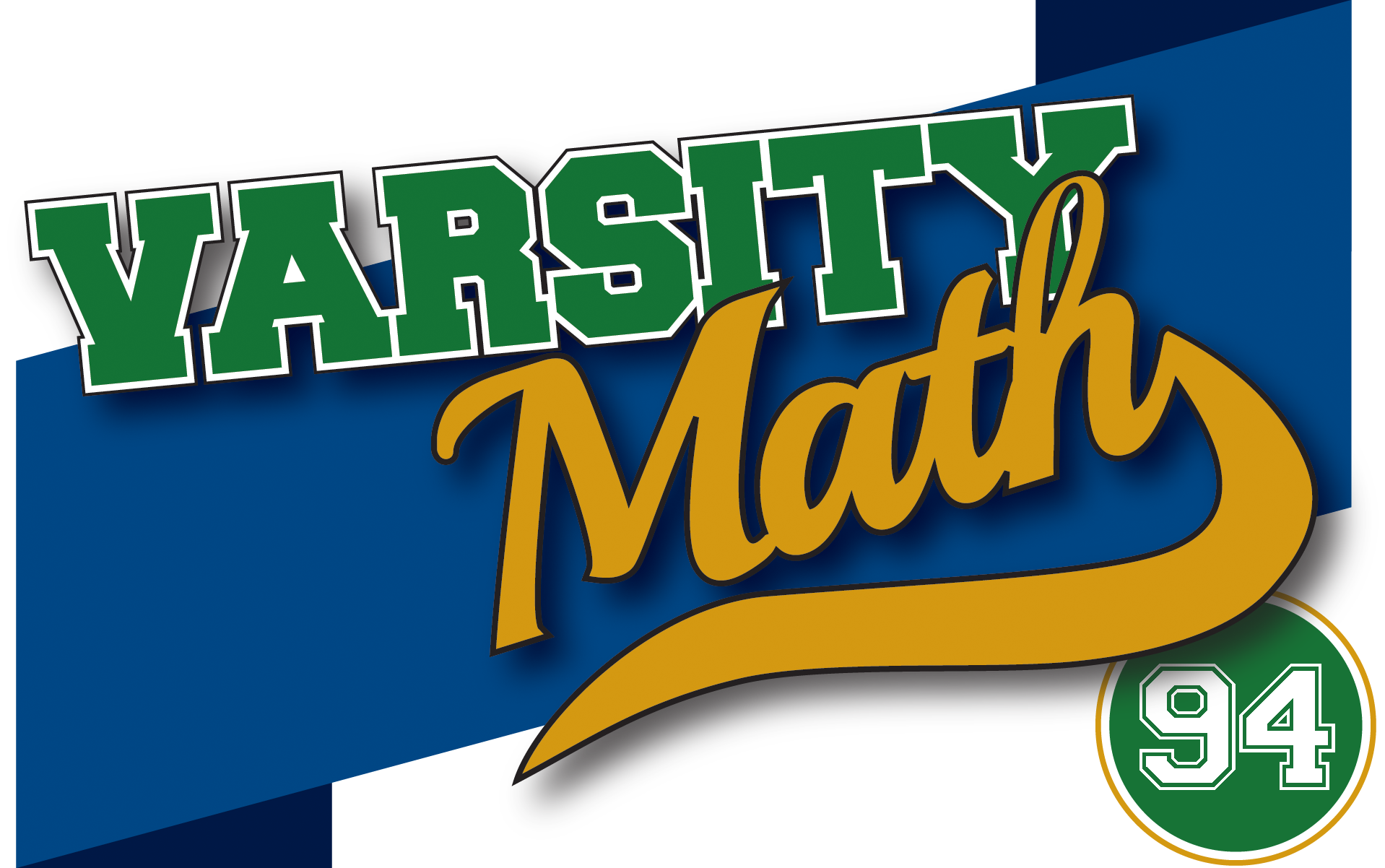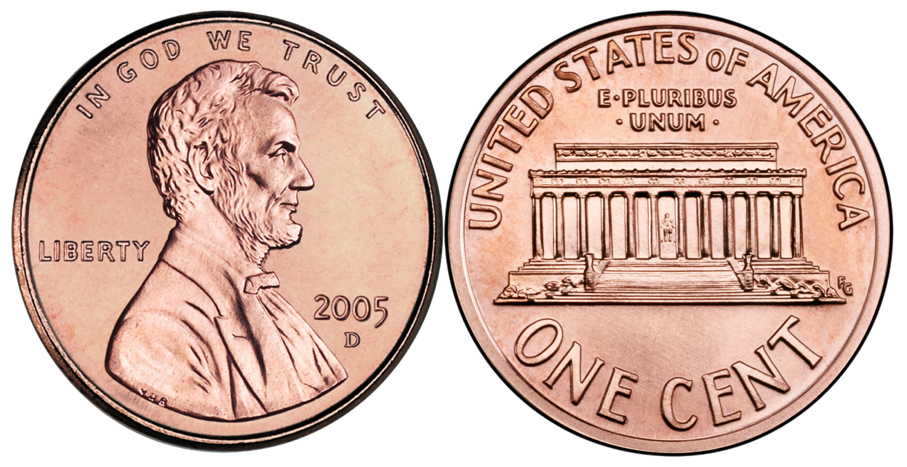
________________
________________

Penny Race
In one game, the first player picks a pattern of heads and tails, like “HHT,” and the second player picks another pattern of the same length, like “THH.” Then they flip a coin over and over, one flip at a time. The winner is the player whose pattern comes up first in the random sequence of heads and tails generated by the coin.
With these particular patterns, what is the probability the second player wins?
Quirky Quads
Chris is interested in convex polygons—closed shapes, formed from straight lines, that have no indentations (or in other words, that have all interior angles strictly less than 180°). For example, a regular pentagon is convex but a five-pointed star is not. Chris notices that any three points not on a line determine a triangle, which is always a convex polygon. However, any four points, no three of which are on a line, do not necessarily create a convex quadrilateral.
What’s the smallest number, n, so that any collection of n points (with no three on the same line) will always contain four that form a convex quadrilateral?
| Spread the word: | Tweet |
Solutions to week 93
Great 48. Notice that by the rules of this road trip, if the students go from state A to state B, then when they leave B, they must cross directly into a state C that is different from A, since they are not allowed to re-enter state A. But there is one state in the contiguous 48 which only borders on a single other state: Maine, which borders only on New Hampshire. So the students’ trip must end in Maine. (You should also verify that there is a route that otherwise satisfies the rules, starting in Kansas and ending in Maine, but this is not difficult to do by consulting a map of the U.S.)
Southern Circuit. Building on the ideas of the previous problem, notice that any time the students enter and exit a state, they use up two of its borders with neighbors. So if the state is neither the first state nor the last state, it must have an even number of neighbors among the states on the trip. Counting neighbors, we discover that only Georgia (with five neighbors) and Missouri (with three neighbors among those on the road trip) have an odd number of neighboring states included on the trip. Since the trip starts on the coast, it must start in Georgia and end up in Missouri. (Again, you also should verify on a map of the U.S. that there is such a route; one possibility is GA – FL – AL – GA – SC – NC – VA – WV – KY – TN – NC – GA – TN – AL – MS – LA – AR – MS – TN – AR – MO – TN – VA – KY – MO.)
Recent Weeks
Week 92: Sort of Hanoi-ing & Amphibian Marathon, solutions to Hard States & Great Star
Week 91: Hard States & Great Star, solutions to Thirds Squared & 3-4-5 Square
Week 90: Thirds Squared & 3-4-5 Square, solutions to World Turns & Water Slide
Week 89: World Turns & Water Slide, solutions to Soccer or Math? & Belt, Suspenders, and Braces
Week 88: Soccer or Math? & Belt, Suspenders, and Braces, solutions to Queen Bee & Coco-Not
Links to all of the puzzles and solutions are on the Complete Varsity Math page.
Come back next week for answers and more puzzles.














